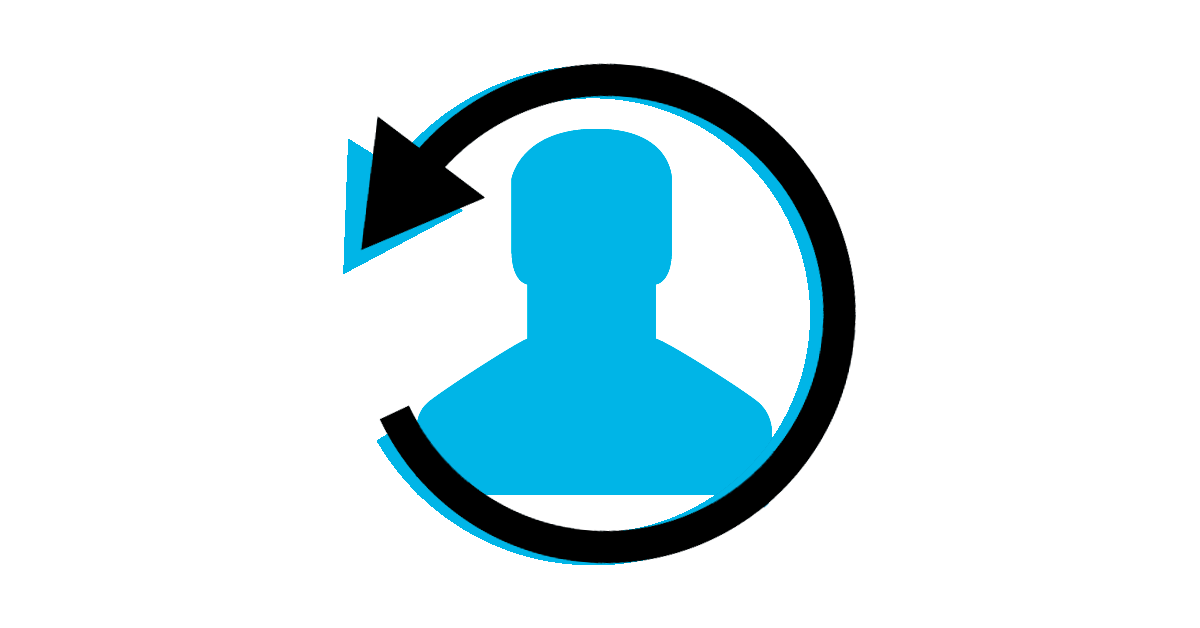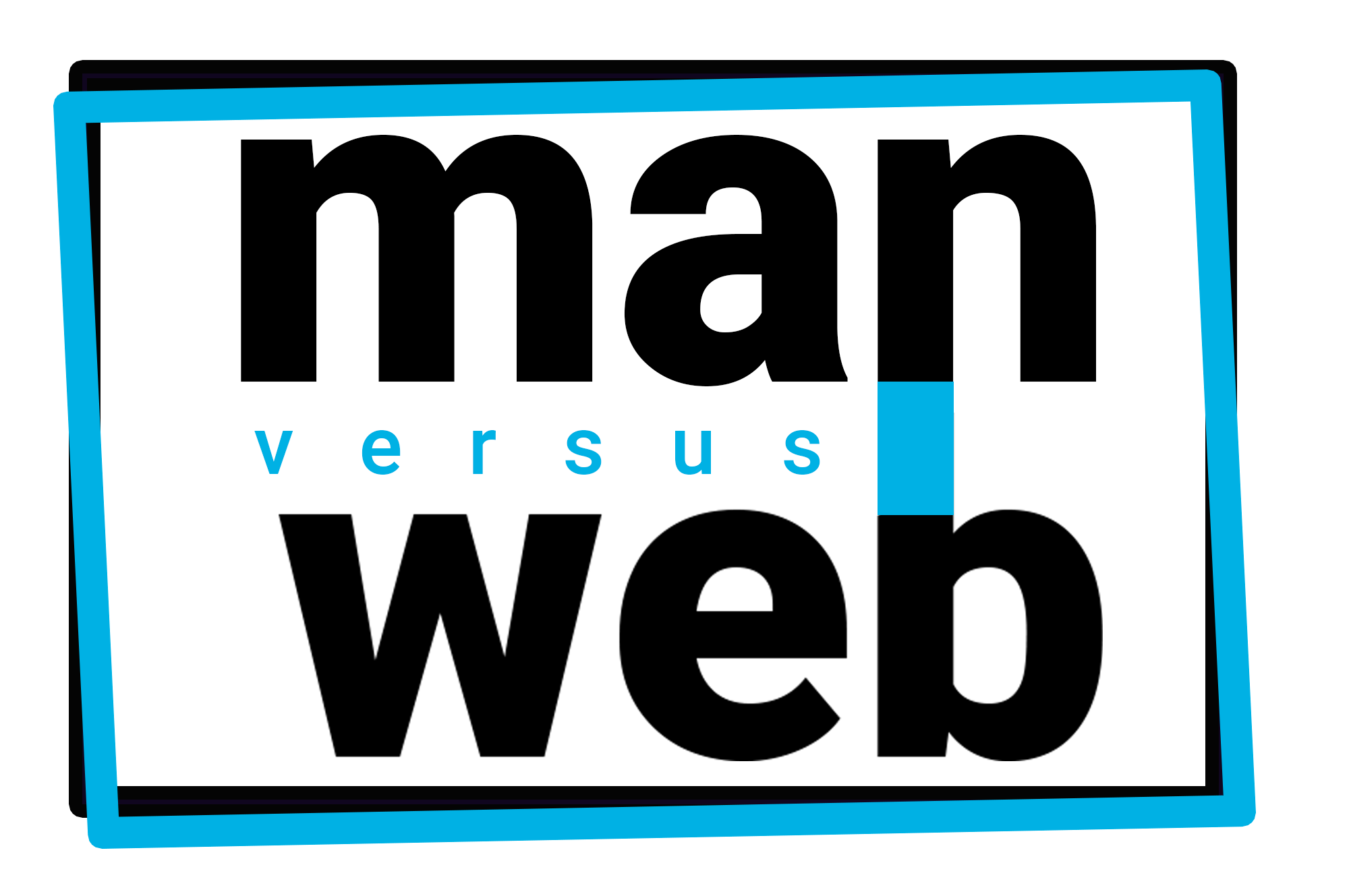
This situation may sound familiar: you’re browsing a web shop for clothes or electronics, and suddenly an item you’ve shown interest in seems to be following you around the internet… on Facebook, on Google, on other websites. How does that work? The concept is called remarketing. A powerful tool to convince hesitating consumers to buy.
When to do remarketing?
You expect your client to take a particular journey. An e-commerce for example, wants you to notice their products somewhere on the web, visit your site, browse some more, add a product to the cart and end up buying the product.
In some cases it might be cheaper to persuade an existing lead rather than to try and find a new one.
But what if this stubborn user decides to not do exactly what you want? Add a product to a cart without finalising the purchase? Or compare multiple products without buying? In some cases it might be cheaper to nudge this user rather than to try and find a new one.
How to do remarketing?
The most common advertising platforms offer remarketing options. Facebook, Adwords, and even LinkedIn. These tools can only work if you install a bit of code on your site (a Facebook pixel, a Google Adwords or Analytics tag or a Linkedin Insight tag). This code will connect your website visitors to profiles on these platforms which allows you to show them specific ads. You can define in which stage of the funnel your users are, and show them an appropriate message: this could be a discount for people who have added a product to the cart, or alternative products for people who’ve browsed a certain category of products.
Best practices?
When doing remarketing you should really only focus on the bottom line: what’s my conversion cost and ROI for new users versus remarketed users? If the second one is more expensive, remarketing obviously isn’t for you. To make this informed decision, you have to make sure all tools needed to measure are in place.
You can get the absolute most out of remarketing if you use dynamic ads which show the actual product or product category that people have shown interest in.
Remarketing is more likely to be succesful on high value customers or high impulse/high volume products like fast fashion. You can get the absolute most out of remarketing if you use dynamic ads which show the actual product or product category that people have shown interest in.
We’ve done many successful marketing campaigns, but we’ve also made mistakes and learned from them so you don’t have to repeat them. Want our help? Feel free to drop us a line!
